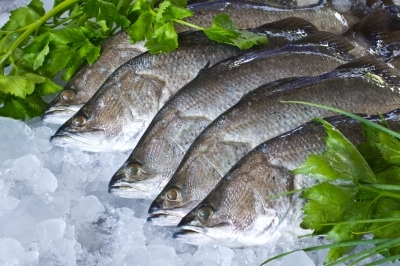The European Food Safety Authority (EFSA has identified standard storage period and carbon dioxide level in packaging to avoid histamine formation in pre-packaged fishery products.

The agency has recommended a combination of storage temperature, shelf-life and CO2 concentration in the package that leads to histamine formation of 100ppm at the end of shelf-life; 100ppm is the lower limit of the safety criterion established by EU Regulation.
Using predictive bacterial growth models, EFSA scientists have found that packaged fresh fishery products can be stored at refrigeration temperatures above 0°C to comply with the current EU and international rules.
According to the modeling results, for a retail temperature of 3°C, 100ppm would be reached after six days of shelf-life when stored at 0% CO2 in the packaging headspace; shelf-life of seven days and 20% CO2 in the packaging headspace; or shelf-life of eight days and 40% CO2 in the packaging headspace.
The scientists have made the assessments using fresh cod fillet, thawed unprocessed products - sushi; and cooked and chilled products from crustaceans, among others.
Histamine is found in fish products that are not properly refrigerated prior to cooking or processing. A provision under EU legislation oversees the presence of histamine in such products.
Consumption of histamine-infected food leads to illnesses with complaints of tingling or burning mouth or throat, rash, headache and diarrhea within one hour of intake.
EFSA biological hazards and contaminants unit head Ernesto Liebana said: "Cooking, freezing and canning will not destroy this toxin, histamine, after it has formed. The best prevention is to stop it from forming by maintaining the cold chain and keeping fish refrigerated."
Tuna, sardines, mackerel, and anchovies are some of fish species in which histamine could be found.
In a conservative estimate, 42 outbreaks of histamine poisoning hit 231 people in 2013.





